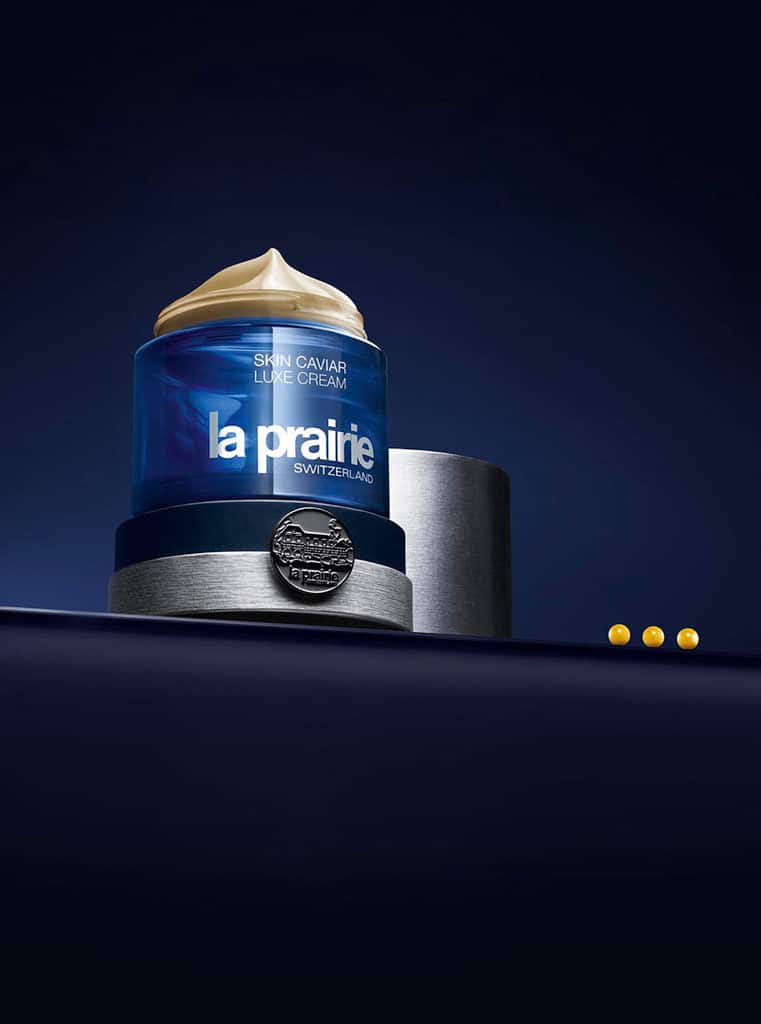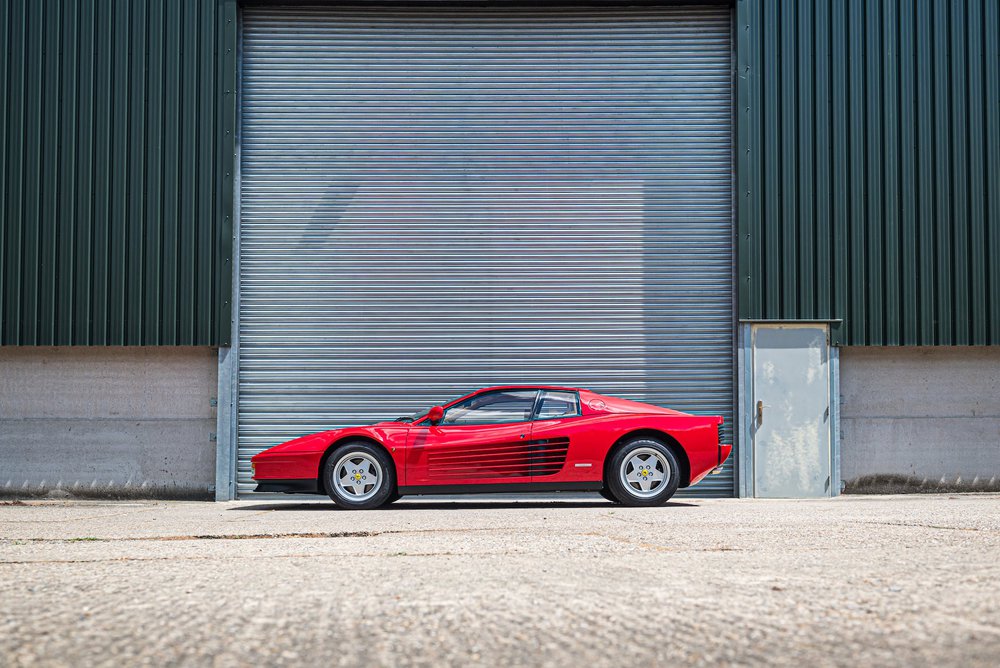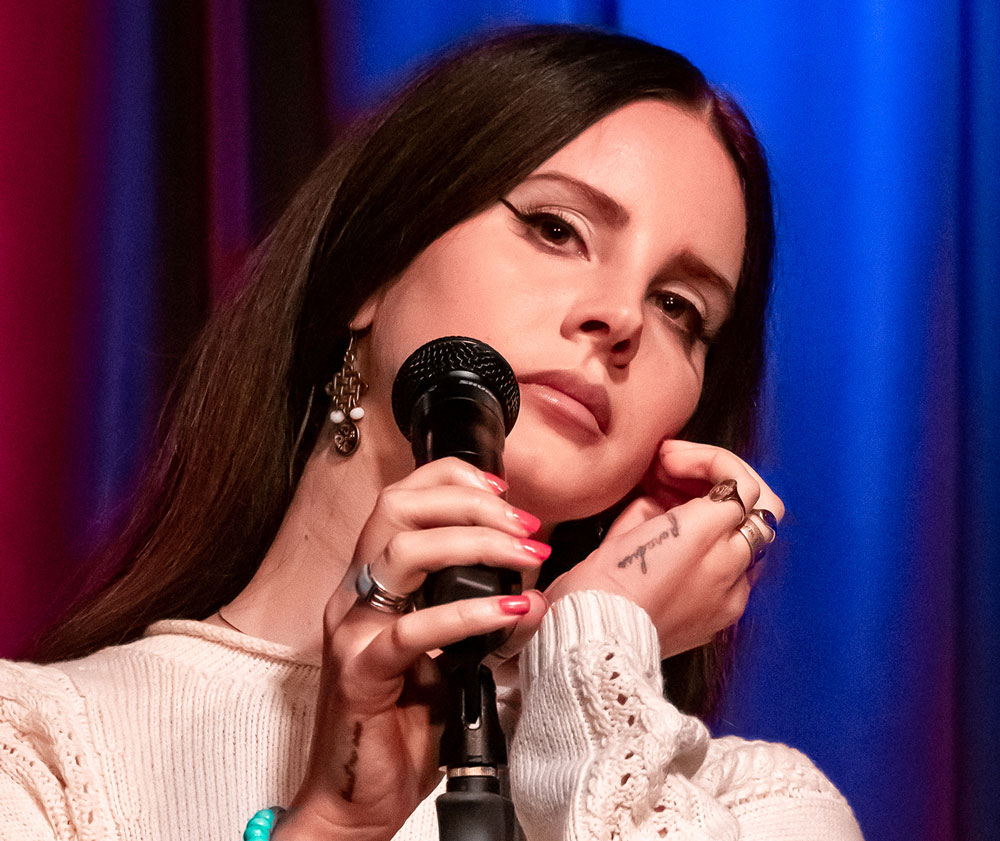In 2013, there were 330 million luxury consumers in the world. By 2020, they will be 400 million. This represents an increase of 20% in less than 10 years, placing the Luxury industry among one of the fast growing markets. With the increase of internet, there is also an increase of the luxury online customer. Should a Luxury brand embrace e-Business? Well, it depends.
A luxury brand should embrace their customers way of life. Not the other way around.
The time that Luxury brands would not listen to their customers and just operate the way they wanted is over. Probably that was the case 20 years ago. Now, all businesses models are customer-centric. Otherwise Globalization will kill your brand.
![]()
In deed, your competitors are not necessary just around the corner. They are all over the world and the internet helped the access to these brands. The same customer who goes to a store, will read magazines, browse the web and eventually buy online from your brand. While marketers tended yo split the targets and segment your customer database by channel, today the story is different. We talk more and more about a multi-channel approach. Why? Because everything is connected, at least in the life of your customer. When a client loves a brand, he tends to love all of it and engage with it much more than in the past. And the difficulty for a brand in this context is to connect all the dots.
Today, a customer wishes Brand availability at all levels. He wants to being able to purchase any product of that brand immediately or at least to check product availability and store location right away.
![]()
Modern customers want to ask you a question on Facebook or Twitter and expects that you answer immediately, no matter the time in the day, the day in the week or even the time-zone where they are. We are truly in the era of empowered customers. They want to have access to information 24/7.
What happens if you are a leading brand? Should you bother with all these considerations? You might think that by being a strong reference in your market and market leader that people will buy you anyway. And you would be probably right… In short term. When you think about brands like Sony, Nokia, Blackberry or Polaroid, you can see that things can go fast if you do not listen and adapt to your customer.
![]()
Millennials, new customer generation leading the future of luxury
While the middle-aged consumer made the entire luxury industry live for several decades, today for the first time, a younger generation is taking the lead. They have between 14 to 34 years old. They are not connected to institutions from the past but they are always online. They network with friends, brands and have integrated internet in ways you would not imagine. For a majority of them they always lived in a world with internet and wifi. They are open-minded and share strong values like honesty, justice, love and entrepreneurship.
![]()
They are concerned by what is happening around the world and would better buy clothe made from recycled plastic from the oceans than buy something made new coming from the other side of the planet.
At the same time, they love brands and are happy to buy their products, specially high-tech, travels and entertainment. Wonder how Apple is making so much money? Well, Millennials.
It is considered that 1% of all millenials in the world are driving the luxury business choices. If we take only the USA, largest market for luxury in the world, you can find 11.3 million Millenials households with a net income superior to $100’000. If you are 28 years old, creative director, you earn around $123’000 no kids and potentially young couple. This puts you in a great position to be seduced by premium brands. And that’s why brands should pay attention to this generation.
![]()
According to Forbes magazine, Millennials will take over as the largest generation segment in the luxury industry by 2018-2020. And they are not driven by money or traditional status symbols. They don’t seek to drive a BMW since that is the car they had when they were 16-years-old. They believe cable TV, home security systems, and jet-skis are standard household necessities. So it is less about the product, it is more about the experience.
The Brand user experience, the holy Grail of luxury.
While the 80’s developed a certain cult of bling-bling and show off, the essentiality of the years 2000, made changes in ways that the new generation’s behavior evolved. Millennials are interested by luxury of course, but rather than buying a very expensive item, they prefer to share an unique experience. It is all about experiencing unique adventures with friends, family and brands. They tend to prefer VIP treatment in one place rather than going to different places. That is why all Music festivals and many movie theaters have developed VIP services. This does not mean that Millennials seek “white glove” services all the time, report Forbes.
![]()
They are also the ones happy with the “one click” purchase experience online. According to a study done by American express, the spending “full-price” in luxury websites done by this age segment has grew by 38% in the past years. At the same time, Millennials will also look for special offers like Groupon or Ventesprivées. Again, it is not about the money, it is about the experience. If this experience is not provided, then, consumers will just move to the next brand, and the next brand… Until they find the one providing what they need. They shop online, experience brands online and interact with brands online. And if you are not ready to manage it, you will loose them.
Luxury E-Business, more than just sales
Very often, when it comes to E-Business, people think immediately E-Commerce, meaning online sales. In fact E-Business is more than that. It gathers all activities related to the relationship between brands and individuals via internet with a purpose of financial transaction. It goes from a product catalog online towards CRM, Prices, Store locators and of course online shopping. Today brands need to embrace the digital era but at the same time to remain true to their nature and to their DNA. It is only a change of channel. Well not exactly, it can also be a change of philosophy, meaning that Brands will go from an exclusive B2B approach to a more B2C strategy.
The Sell-In days are over. Now it is all about Sell-out. If the end consumer do not buy, then, your distributor will not order. Most of brands who started E-Business, they know how their customer works. They see something off-line, either in a magazine or a store. They go online to find the price and where to buy it, then go off-line. They might end up purchasing online, especially if there is no store around or if they do not have time to go there. Today it is much easier to have it delivered at your office, or Parking station even some Gas station can be delivery points. It is all about connecting the dots.
The luxury industry dilemma: to show or to show not online prices to the customer?
When luxury brands started their E-Business project, all of them had the same question: should prices be displayed in the website? Of course not! It is vulgar, would say the brand CEO. And that’s how most of the luxury brands started. Today, 10 years after the first luxury websites, all brands tend to show prices. Why? Because as the official source of information for one specific brand, you need to provide all the information your customers are looking for. And in deed they all seek prices. They cannot find it in Print advertising, sometimes there are no prices in luxury store windows and when they arrive in the website, no prices neither. What happens? They Google it. And they will find thousands of results with prices that will go from minus 20% to +30%.
![]()
Most of these websites are fake, grey-marketers and even hackers trying to get your personal information. If that is the experience you wish to provide to your customers you might end up without them after a while. So yes prices are important. It is the trust you offer to your customers when they buy one of your products and it might also be a way to recruit. Sometimes people di not believe they would have the money to afford a luxury good.
Certain luxury watch brands have prices between $6’000 to $255’000. Or the luxury car brand Jaguar for example that will offer next year an entry price at $45’000. This means that for less than $500 a month you can drive a Jaguar. Or Dior that will propose Leather bags from $2’000 to $15’000 full price and imagine the winter or summer sales period. So most of new customers for these brands would not even dare to purchase something from these brands as they would think that prices are too expensive. That is why prices are fully integrated in all new Apple products reveals. They even compare old prices with new ones.
![]()
As we can see, all luxury brands have a strong interest to invest in digital. They get a tremendous playground in which they can express all their universes and propose an almost full aspirational experience. It is about fitting your customers lifestyle. As we often say, away from the eyes, away from the heart. This means that brands that are not part of people’s lives tend to be considered as “brands that are not good for me”. It is simple as that.
Info sourced at Forbes, Wikipedia, Ipsos, Maxwell Institute, Bilan.ch, Businessinsider.com and Les Echos.







